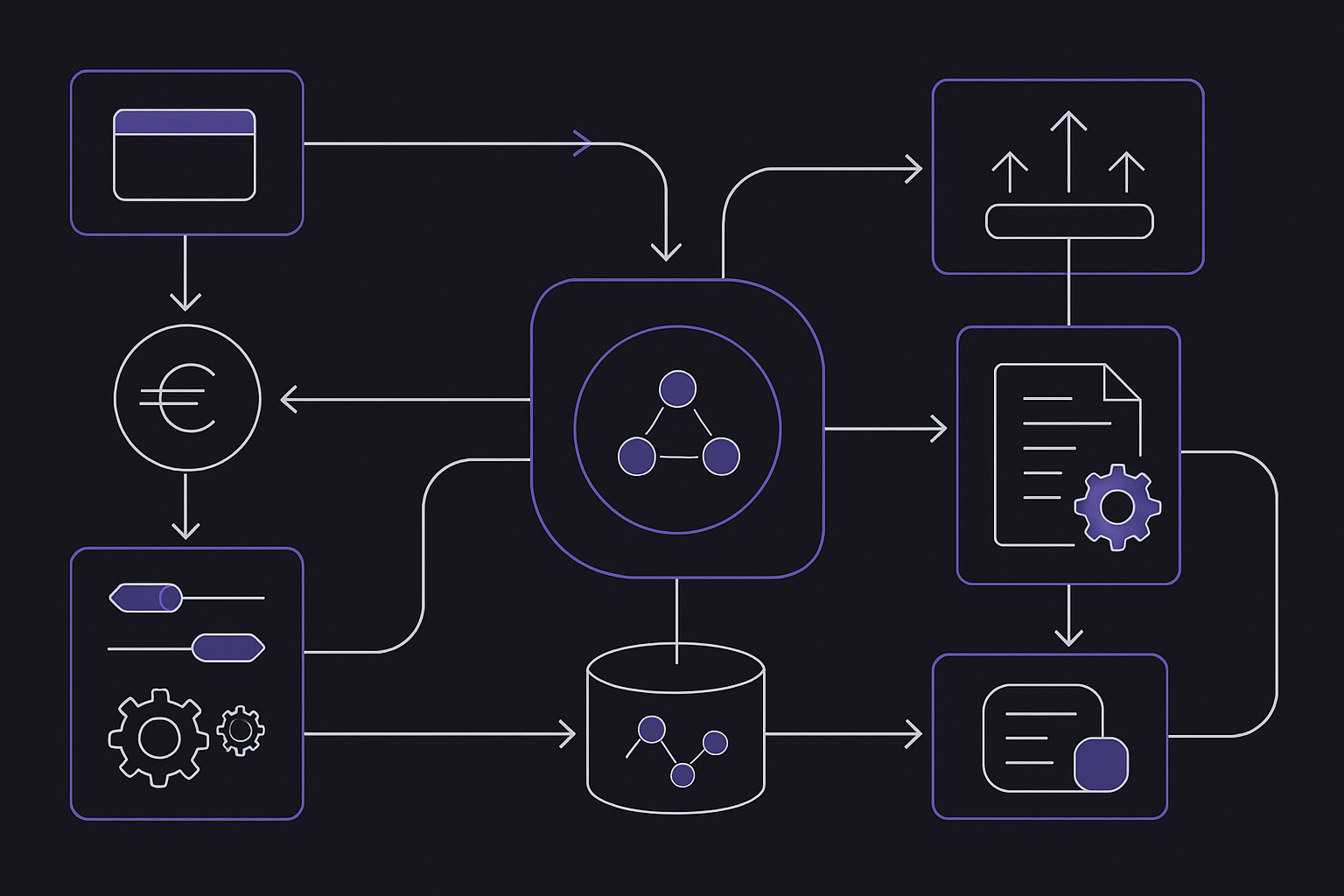JPYC: Japan’s First Legally Approved Yen-Pegged Stablecoin Explained

Japan has officially entered the stablecoin arena with the launch of JPYC, its first legally approved yen-pegged digital asset. This milestone is more than just a technical achievement; it signals a profound shift in how Japan approaches digital currency, compliance, and global finance. For years, the stablecoin market has been dominated by U. S. dollar-pegged tokens, but JPYC’s arrival marks the beginning of a new era for non-USD stablecoins, one rooted in regulatory clarity and domestic financial strength.

What Is JPYC? The Blueprint for Regulated Yen-Pegged Stablecoins
Developed by Tokyo-based fintech leader JPYC Inc. , JPYC is a fully regulated stablecoin that maintains a 1: 1 peg to the Japanese yen. Unlike many crypto assets that rely on algorithmic mechanisms or opaque reserves, JPYC is backed by tangible assets: domestic bank deposits and Japanese government bonds (JGBs). This approach ensures both stability and trust, two qualities often missing from lesser-known stablecoins.
The company’s ambition is bold: issue up to 10 trillion yen (about $66 billion) worth of JPYC within three years. To jumpstart adoption, transaction fees are being waived for early users. The token operates seamlessly across leading blockchains provides Ethereum, Avalanche, and Polygon: offering broad accessibility for both businesses and retail users.
Regulatory Clarity: How Japan’s Legal Framework Sets JPYC Apart
The launch of JPYC isn’t just a technical feat, it’s a regulatory landmark. Following amendments to Japan’s Payment Services Act in June 2023, all stablecoin issuers must register under the Funds Settlement Act and Banking Act. These laws mandate full reserve backing (bank deposits and JGBs), robust consumer protections, and transparent operations. As such, JPYC stands out as an FSA-approved, independently issued stablecoin, a compliant alternative in an industry often criticized for its regulatory gray zones.
This legal clarity is attracting cautious yet growing interest from businesses seeking efficient cross-border payments, low-fee settlement options, and exposure to non-USD digital assets. Early adoption remains measured but promising as more companies integrate yen-backed tokens into their payment flows.
The Technology Stack: Multi-Chain Flexibility Meets Instant Settlement
JPYC isn’t locked into a single blockchain ecosystem. By leveraging Ethereum, Polygon, and Avalanche networks, users benefit from instant transfers with minimal fees, a critical advantage for both DeFi enthusiasts and traditional enterprises looking to bridge old-world finance with new-world tech.
The onboarding process reflects Japan’s commitment to security: users must verify their identity using the national My Number card before accessing the JPYC EX platform. Once verified, they can mint or redeem tokens directly through an interface designed for speed and transparency.
This multi-chain approach not only maximizes interoperability but also positions JPYC as a practical tool for remittances, business payments, and even yield-generating DeFi strategies, all while remaining anchored to one of the world’s most trusted fiat currencies.
Pushing Beyond Borders: Can Yen-Based Stablecoins Gain Global Traction?
The global dominance of USD-backed stablecoins has made it challenging for alternatives to gain traction. However, Japan’s major banks are now exploring their own stablecoin initiatives, a move that could accelerate mainstream adoption of yen-denominated tokens both domestically and abroad. Policymakers remain vigilant about potential risks such as capital flight or disruption of traditional banking roles; even so, Bank of Japan officials are calling for coordinated international regulation rather than outright resistance.
If you’re interested in how this fits into broader trends or want deeper insights into compliance strategies around yen-backed assets, check out our detailed breakdown on JPYC’s launch impact here.
As JPYC’s ecosystem matures, its real-world utility is beginning to show. Early use cases include instant B2B settlements, cross-border remittances, and seamless integrations with DeFi protocols. The ability to send yen-denominated value across blockchains at near-zero cost is a game-changer for Japanese corporates and international partners who have long struggled with slow, expensive wire transfers and FX conversions.
Yet, the path ahead isn’t without challenges. Japan remains a cash-heavy society, and digital payment adoption has lagged behind some of its Asian neighbors. For JPYC to move from niche innovation to mainstream infrastructure, it must win the trust of both consumers and institutions, demonstrating not only technical reliability but also regulatory durability in the face of evolving global standards.
Opportunities and Risks: What Investors and Businesses Should Watch
For crypto investors seeking non-USD stablecoins, JPYC offers a rare opportunity to diversify into Asia’s second-largest economy with full legal backing. Its multi-chain presence (Ethereum, Polygon, Avalanche) means traders can access liquidity pools or yield farms that were previously out of reach for yen holders. Meanwhile, businesses benefit from programmable money that can automate payrolls, pay suppliers instantly, or hedge against USD volatility, all while remaining compliant under Japan’s strict financial laws.
However, there are risks worth monitoring. Regulatory scrutiny remains intense as authorities balance innovation with financial stability. Policymakers worry about stablecoins facilitating capital flight or bypassing traditional banks; how these concerns are addressed will shape JPYC’s growth trajectory. And while initial adoption is promising, especially among tech-forward SMEs, mass-market uptake will depend on user education and seamless integration with existing payment rails.
If you’re curious about how major banks are positioning themselves around this new wave of yen-backed tokens, and what it means for corporate payments or DeFi, explore our feature on Japan’s major banks entering the stablecoin race.
The Road Ahead: Digital Yen as a Bridge Between TradFi and DeFi
JPYC’s launch is more than just a technical milestone; it’s a signal that Japan is ready to play an active role in shaping the future of programmable money. By marrying robust compliance with blockchain agility, JPYC could become the blueprint for other advanced economies looking to digitize their fiat currencies without ceding oversight.
The next few years will be pivotal. If JPYC achieves its ambitious 10 trillion yen issuance goal (about $66 billion), it could establish yen-backed tokens as credible rivals to USD-pegged giants, not just within Japan but across Asia-Pacific trade corridors and global crypto markets alike.
For those tracking regulatory shifts or weighing diversification away from dollar-dominated stablecoins, now is the time to watch Japan closely. The country’s experiment with fully regulated digital yen may well set the tone for future global standards, and offer new tools for investors determined to ride the next wave of stablecoin innovation.
Dive deeper into how JPYC’s multi-chain strategy is transforming cross-border payments in our analysis on JPYC on Avalanche.




